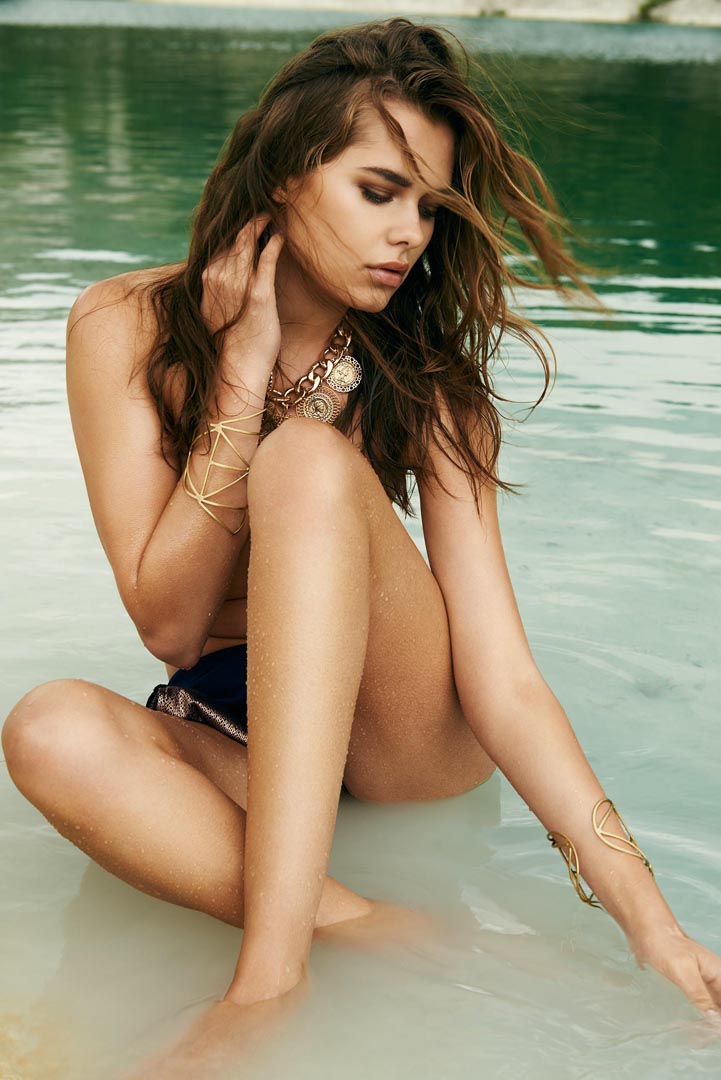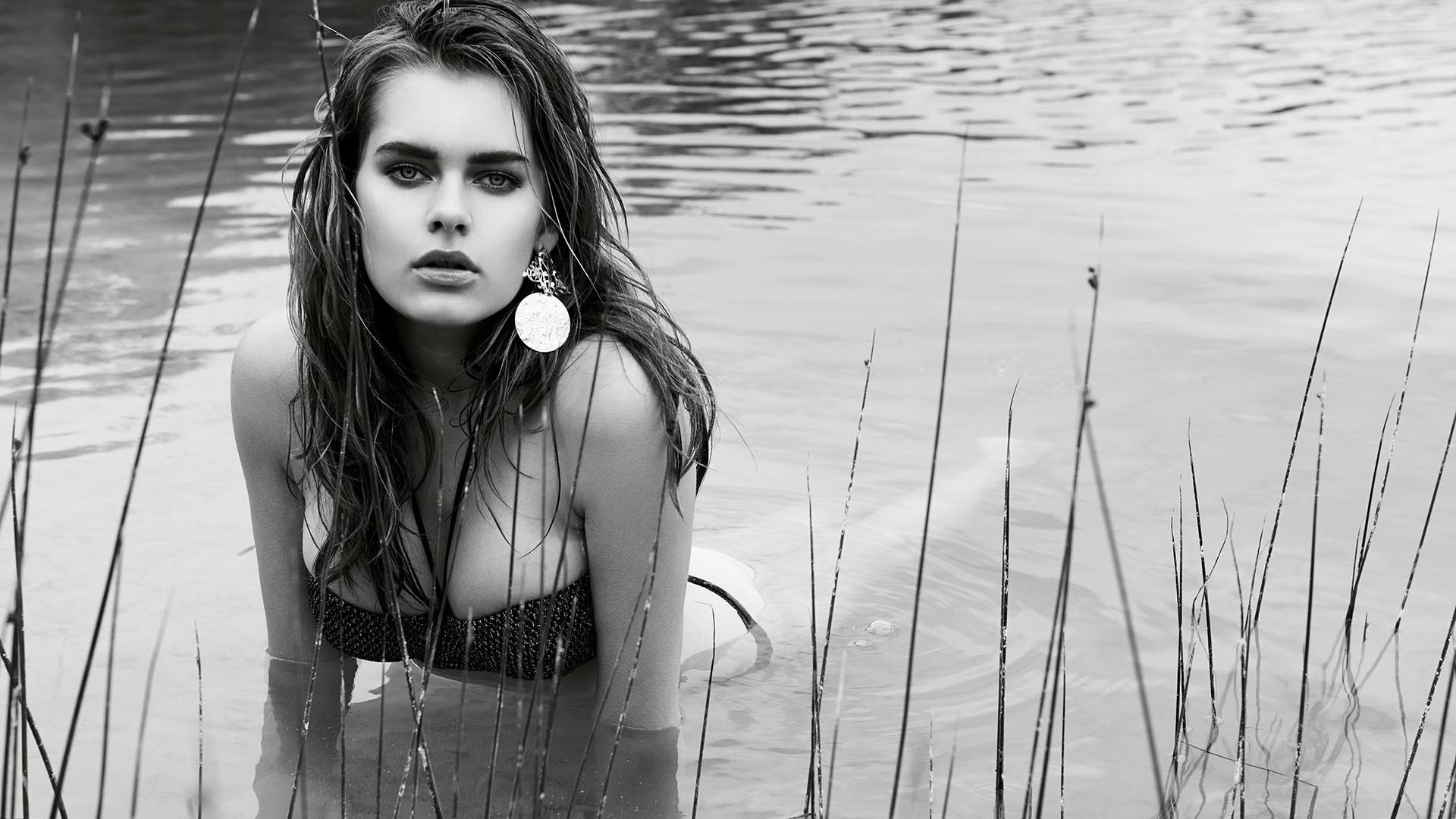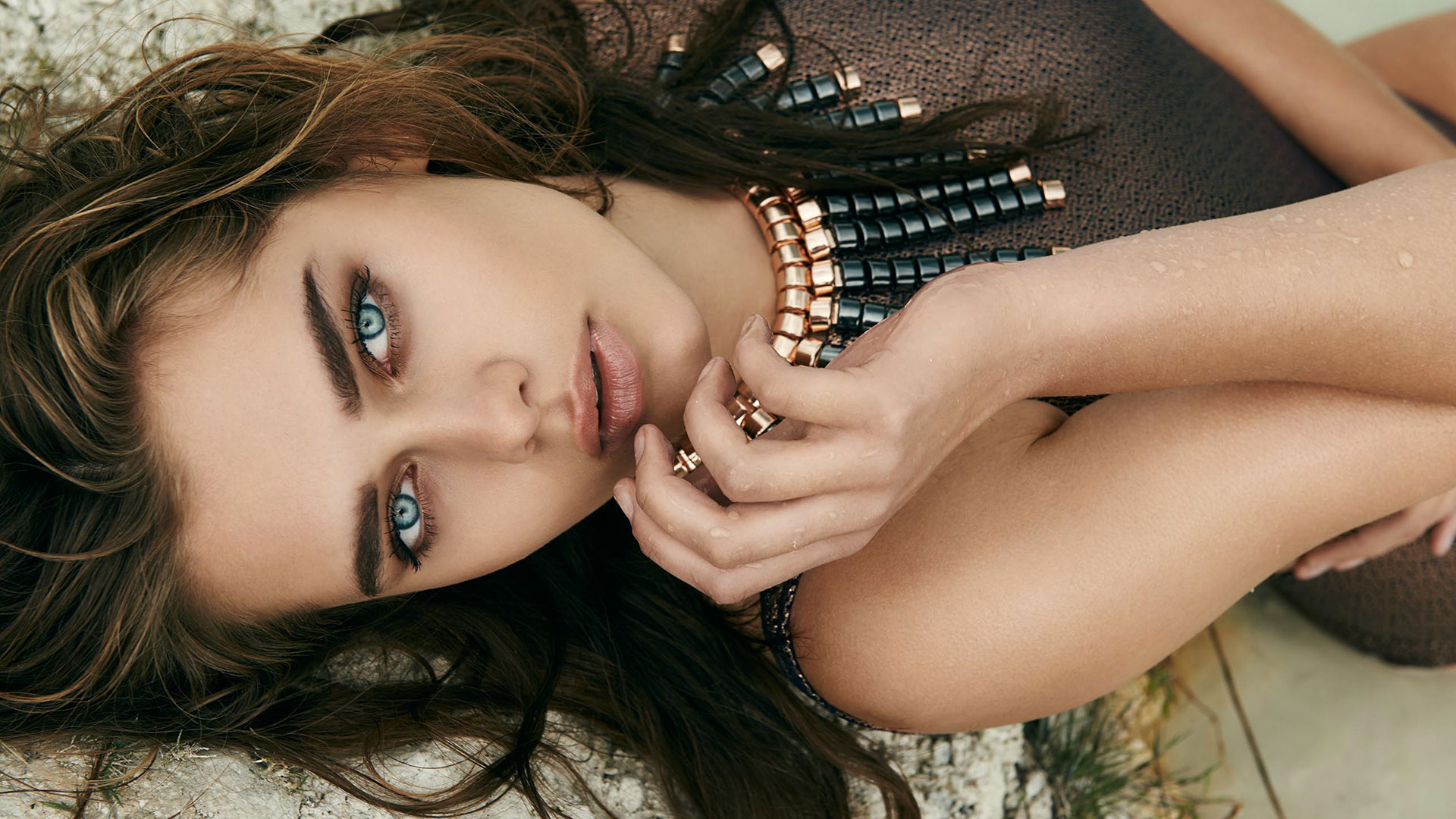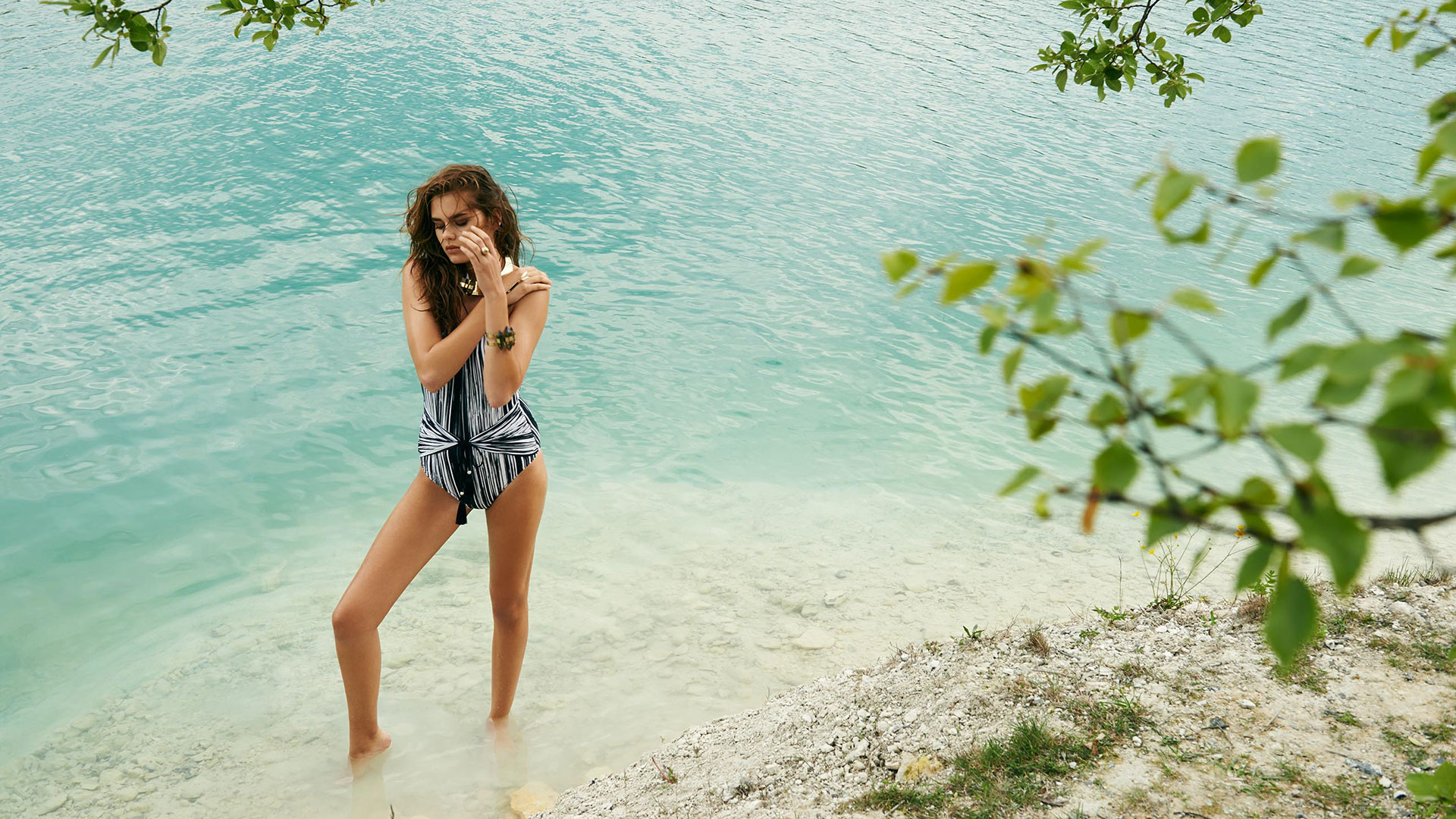Manual HDR Creation Process

HDR (High Dynamic Range)is a photographic technique (not to be confused with HDR in color graphics) that adds more luminosity and clarity in detail to an image to add more visual appeal.
The Beauty and Color of an Image
Depending on how you post process your final image, it can appear either too surreal or actually enhance the beauty and color of an image. The technique to capturing a nice HDR image depends on the photographer’s exposures and the retouchers editing. Cameras also have advanced features that can take HDR images without having to post process, all done by in camera software.
Shooting landscape and natural scenery is the best use of HDR. It may not appear so flattering when shooting people as the subject. It appears better when shooting scenes like mountains, allowing the photographer to show the many details in the rock formation, contrast in shadows and the beauty of the colors. HDR can also appear to have much harder light with higher sharpness which is what brings the details out. Too much detail on people can be good for dramatic photographic images, but otherwise people look best in softer and more natural light.
Certain DSLR and mirrorless cameras have HDR capabilities, but I am going to discuss the manual way of creating a simple HDR image.
I recommend the following when shooting your scene:
- Tripod to stabilize the camera. Any shake or movement can really ruin the image. Since we are taking multiple exposures of the same scene, it is important to maintain the scenery with as little motion as possible. This creates more sharpness in your image.
- Disable the image stabilization feature, either in camera or on your lens when using a tripod. Vibration is stabilized easily by the camera when handheld because it expects motion. When on a tripod it is different because there is no need to expect motion since that is what stabilizes the camera. The camera will detect vibration from the shutter click and may try to stabilize the image even though it is already stabilized. This results in motion blur.
- Shoot in RAW format, there is no excuse for not doing that. RAW contains the most details and preserves the most information about your shots.
HDR involves a technique that requires taking multiple exposures at different settings. You want to use either bracketing or auto-bracketing on your camera to get a minimum of 3 images shot at different EV settings. You will need an underexposed image (preserve details), standard exposure (normal setting) and overexposed blown-out image (to add highlights).
Use a photo editing software like Photomatix (to name just one since there are many around) to merge your photos together. The images are merged together to form one composite image that brings the most stunning image the algorithm can create. You don’t need to worry if there is slight motion as you take exposures since the software will figure that out and compensate for it. Some software don’t, so you may need to do some retouching after the fact.
This is a simple start to HDR. There are many resources out on the web about it with more advanced techniques. It is a continuous journey to capturing images in different ways and this is a part of that.




